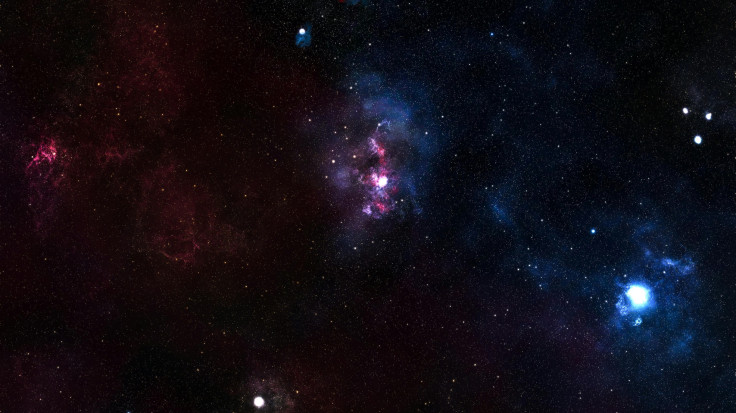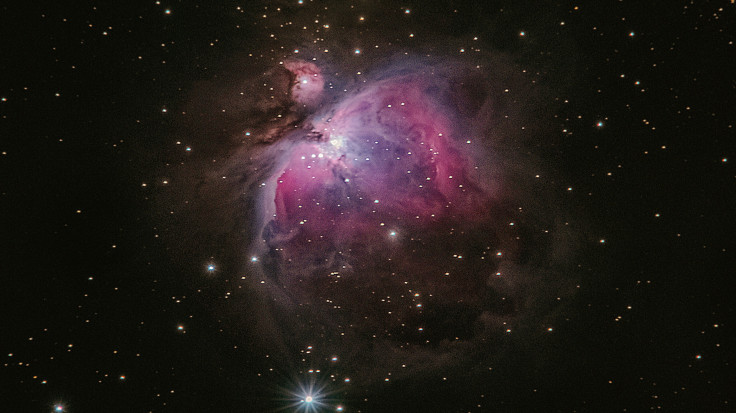3I/ATLAS Live Event: NASA Shares Imagery of Comet From Across Solar System
NASA breaks its silence on interstellar comet 3I/ATLAS.

For months, the conversation surrounding our latest interstellar visitor has been dominated by independent analysis, leaked coordinates, and a feverish excitement within the amateur astronomy community. The data coming from the ground has been provocative, challenging our understanding of what a comet should look like and how it should behave.
Recent independent spectral analysis suggesting a lack of expected outgassing has only added fuel to the fire. But while the internet has buzzed with theories and spectral breakdowns, the official channels have remained relatively quiet. That silence is about to end. The agency is finally stepping up to the microphone, and the world is waiting to see if their findings align with the anomalies observed by the public.

NASA Steps Forward with New 3I/ATLAS Imagery
In a move that has electrified the scientific community, NASA will host a live event at 3 p.m. EST, Wednesday, Nov. 19, to share imagery of the interstellar comet 3I/ATLAS collected by a number of the agency's missions. This is the moment of truth. The event is scheduled to take place at NASA's Goddard Space Flight Center in Greenbelt, Maryland, a hub of scientific inquiry that has overseen some of the most significant discoveries in modern history.
We are not just talking about a single photograph or a grainy long-range telescope shot. The agency has confirmed that assets within NASA's science missions give the United States the unique capability to observe 3I/ATLAS almost the entire time it passes through our celestial neighbourhood, and study – with complementary scientific instruments and from different directions – how the comet behaves'.
This comprehensive approach, utilising both spacecraft positioned across the solar system and ground-based observatories, promises a level of detail that civilian equipment simply cannot match. We anticipate data not just from Hubble, but potentially from the James Webb Space Telescope, which could provide the definitive chemical composition of the object.

The Journey of 3I/ATLAS Through Our Solar System
To understand the gravity of this briefing, one must appreciate the rarity of the event. Comet 3I/ATLAS, discovered by the NASA-funded ATLAS (Asteroid Terrestrial-impact Last Alert System) observatory on July 1, is only the third object ever identified as entering our solar system from elsewhere in the galaxy'. It is a traveller from the deep void, carrying the chemical history of a distant, unknown star system.
While the official narrative reassures us that it poses no threat to Earth and will get no closer than 170 million miles to Earth', the trajectory of this object has provided a unique window for observation. Specifically, the comet flew within 19 million miles of Mars in early October'. This close approach to the Red Planet suggests that NASA's Mars-based assets—likely the Mars Reconnaissance Orbiter (MRO) or possibly the MASTCAM on the Perseverance rover—may have captured unprecedented close-range data, potentially revealing surface details that could settle the debate regarding its composition once and for all.

A Heavyweight Panel to Discuss the 3I/ATLAS Findings
The significance of this broadcast is underscored by the seniority of the participants involved. NASA is rolling out its top scientific leadership for this reveal. Briefing participants include:
- NASA Associate Administrator Amit Kshatriya
- Nicky Fox, associate administrator, Science Mission Directorate
- Shawn Domagal-Goldman, acting director, Astrophysics Division
- Tom Statler, lead scientist for solar system small bodies
The presence of the Science Mission Directorate and the Astrophysics Division leadership suggests that the data to be presented is substantial. These are the individuals responsible for interpreting the most complex signals from our universe, and their analysis will be critical in determining whether 3I/ATLAS is a standard 'dirty snowball' or something far more exotic that warrants the intense scrutiny it has received.
How to Watch and Demand Answers on 3I/ATLAS
The agency is ensuring this information reaches the widest possible audience. The event will air on NASA+, the NASA app, the agency's website and YouTube channel, and Amazon Prime.' For those who have been following the civilian investigation, this is a crucial opportunity to compare notes.
Furthermore, this is not a one-way transmission. Members of the public also may ask questions, which may be answered in real time during the broadcast, by using #AskNASA on social media.' This is the public's chance to press for clarity on the spectral anomalies and erratic behaviours observed by independent researchers like Liena and others who have raised red flags about the object's purity.
The countdown has begun. As the clock ticks down to 3 p.m. EST on Wednesday, the speculation ends and the data takes the stage. Will the agency confirm the strange silence of the object's spectral signature, or will they offer a natural explanation that calms the fevered debates? Do not just watch from the sidelines; join the global conversation using #AskNASA and demand the transparency this discovery deserves. Keep your eyes on the skies and your screens locked on the livestream—history may well be in the making.
© Copyright IBTimes 2025. All rights reserved.



















